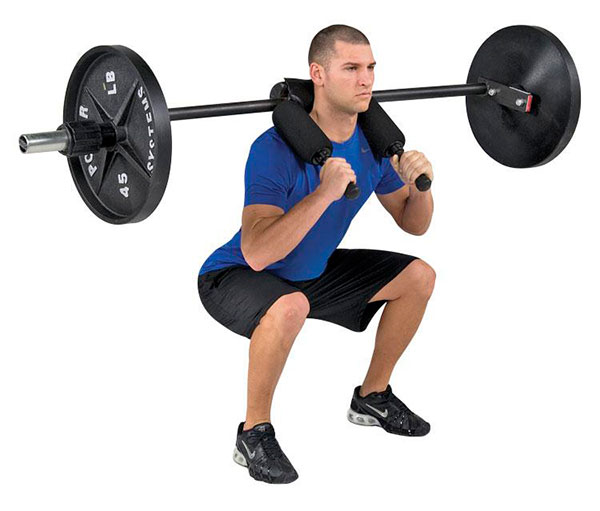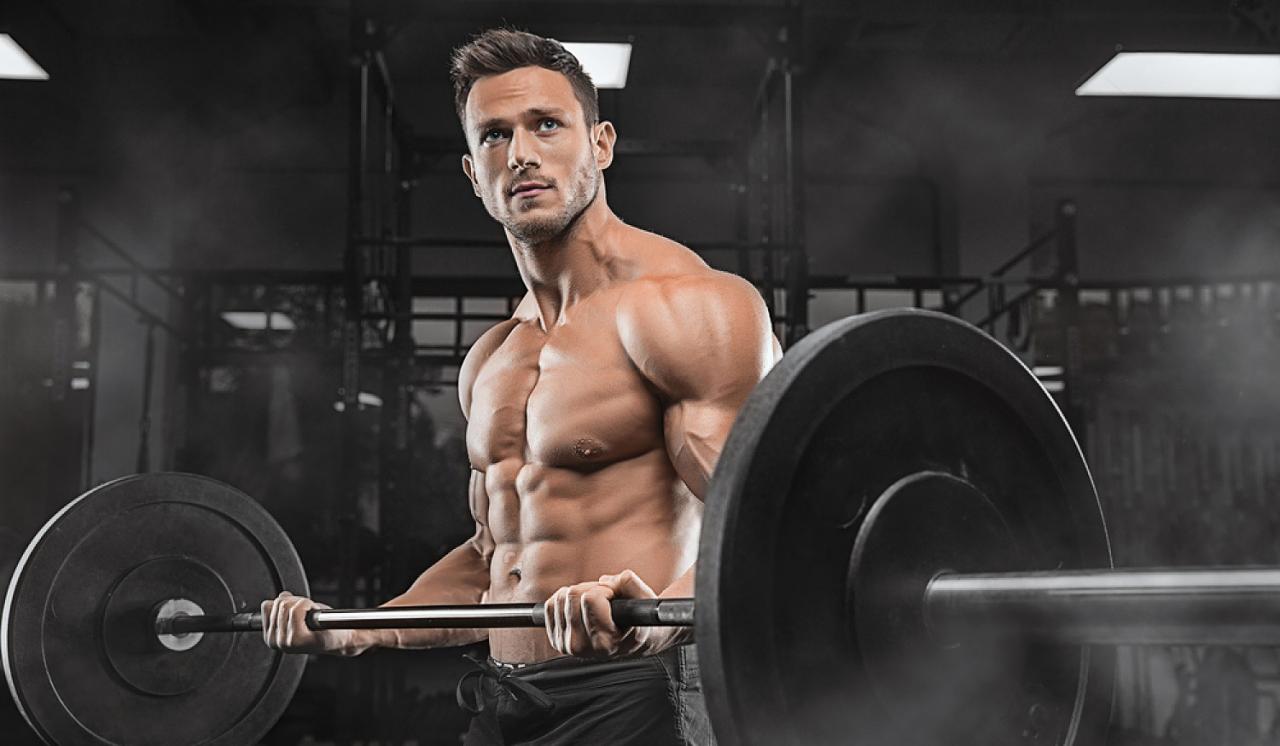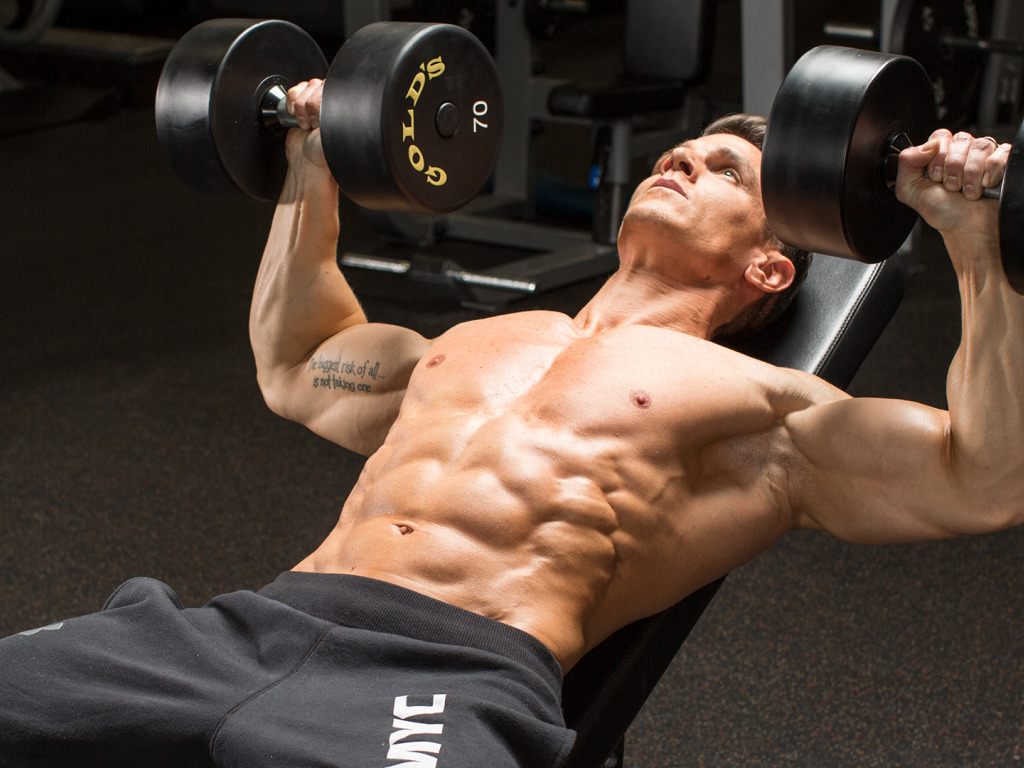
Strength disciplines – bodybuilding, powerlifting, weightlifting – are based on basic exercises, one of which is squatting with a barbell. The use of this element in training programs allows athletes to increase muscle mass and develop strength indicators.
The classic exercise technique involves placing the barbell on the trapezius muscle and posterior deltoids. In this case, a prerequisite is to support the bar with your hands. But there are times when the athlete cannot fix the projectile on the upper back, for example, with shoulder injuries. For such situations, the famous athlete Frederick Hatfield has developed a specialized neck.
Historical background
Since childhood, Frederick C. Hatfield, there is also a variant of the spelling of the surname Hatfield) was fond of various sports: running, American football, basketball. After serving in the army, he attended Southern Connecticut State University, where he did gymnastics and competed in national championships. In 1969, Hatfield successfully completed his studies with a bachelor’s degree in physical development and recovery. In 1973 he received his PhD in sports psychology and sociology.
After graduation, he taught at universities across America for several years. At the same time, Hatfield did not forget about sports. He was professionally fond of weightlifting, but without getting into the country’s Olympic team, he switched to powerlifting. In the 80s he decided to leave the professorship and go into business. His passion for strength training helped him found a sports equipment and food company.
Powerlifting brought Hatfield fame. At the age of 45, the already middle-aged athlete was able to squat with a barbell of 1,014 pounds (460 kg), setting an absolute record. At the same time, the weight of Frederick himself at that time was 115 kg.
Thanks to achievements in strength disciplines, he was given the popular nickname “Doctor Squat”. After that, Hatfield was increasingly invited to the role of a consultant and coach at various sports events.
At one of the training sessions, Frederick severely injured his shoulder joint, which meant a long recovery period and refusal to squat with a barbell. The athlete thought about how to continue training without aggravating the injury. After several attempts, he managed to create a bar for safe squats.
The shell allowed balancing the load on the musculoskeletal system and relieving the shoulders. The exercise was later called the Hatfield Squat.
The benefits of a secure bar
The quads are the largest muscles in the lower limbs. Therefore, their development directly affects the athlete’s ability to squat. Hatfield’s bar allows you to isolate your quadriceps and increase explosive leg strength. Let’s look at other advantages of this shell:
- Freedom for hands. In classic squats, when using large weights, the athlete involuntarily begins to “round” the back, which often leads to displacement of the intervertebral discs and injury. By using the Hatfield bar for power squats, the athlete is able to hold on to the racks with his hands and thereby maintain an upright position of the back during execution.
- More weight. Hatfield’s shell allows you to increase weight loads. When passing the “difficult point” of the ascent, the athlete helps himself with his hands, leaning on the racks. Of course, in competition no one will allow you to hold onto the stops, but as a training exercise, squats like these have a positive effect on progress.
- Ease of use. Hatfield’s neck is equipped with a soft pillow that eliminates neck discomfort and skin chafing. In addition, the athlete does not have to twist and strain the wrists, elbows and shoulders. A powerlifter can use his free hands to “adjust” the body to the apparatus and improve the technique of the exercise.
- Practicality. Hatfield’s “empty” bar weighs 40 kg. It can be used in recovery training. For example, light, light squats are recommended for injured knees or sprained legs. Also, the projectile is great for ending a hard workout when the athlete has practically no strength. In such a situation, the athlete can safely squat, and hold the racks with his hands to maintain balance.
- Safety. Hatfield claims that 75% of squat injuries occur when the athlete moves away from the stands and when they put the projectile back on the stops. By using a safety bar, the powerlifter does not need to take unnecessary steps with a weight on his shoulders, thereby increasing the risk of knee injury. The exercise is performed close to the power rack.
The benefits of the Hatfield bar also include the position of the pancakes. The projectile is designed so that the center of gravity is not in line with the shoulders, but slightly lower. This reduces the dangerous load on the shoulder girdle.

Hatfield Squat Technique
Squats with a safe bar are no different in efficiency from the classic ones. Exercise qualitatively loads the muscles of the legs, strengthens the ligamentous apparatus and stimulates the growth of muscle mass. Hatfield Squat Technique:
- Place the projectile on a power rack at mid-chest height.
- Grasp the cross-bar supports, sit down and rest the trapezoid against a soft pillow.
- Place your feet exactly under the bar and use the strength of your legs to remove the projectile from the racks.
- Take a half step back and move your palms to the racks.
- Spread your feet slightly wider than the shoulder joints and distribute the weight evenly ( there should be no displacement to the heels or toes).
- While inhaling, gently lower the pelvis below the knees. Avoid bending your hips too far and hips back.
- Do not relax at the bottom. With a powerful exhalation, rise to an upright position.
- While lifting, help yourself with your hands to overcome the “dead center” that occurs approximately in the middle of the amplitude.
Recommendations from Frederick Hatfield:
- when squatting with heavy weights, ask your partners to insure you;
- to protect the lumbar spine and knees, use a weight lifting belt and special bandages;
- if you want to take more weight than usual, try spreading your legs wider and slightly tilt your body forward when lowering.
